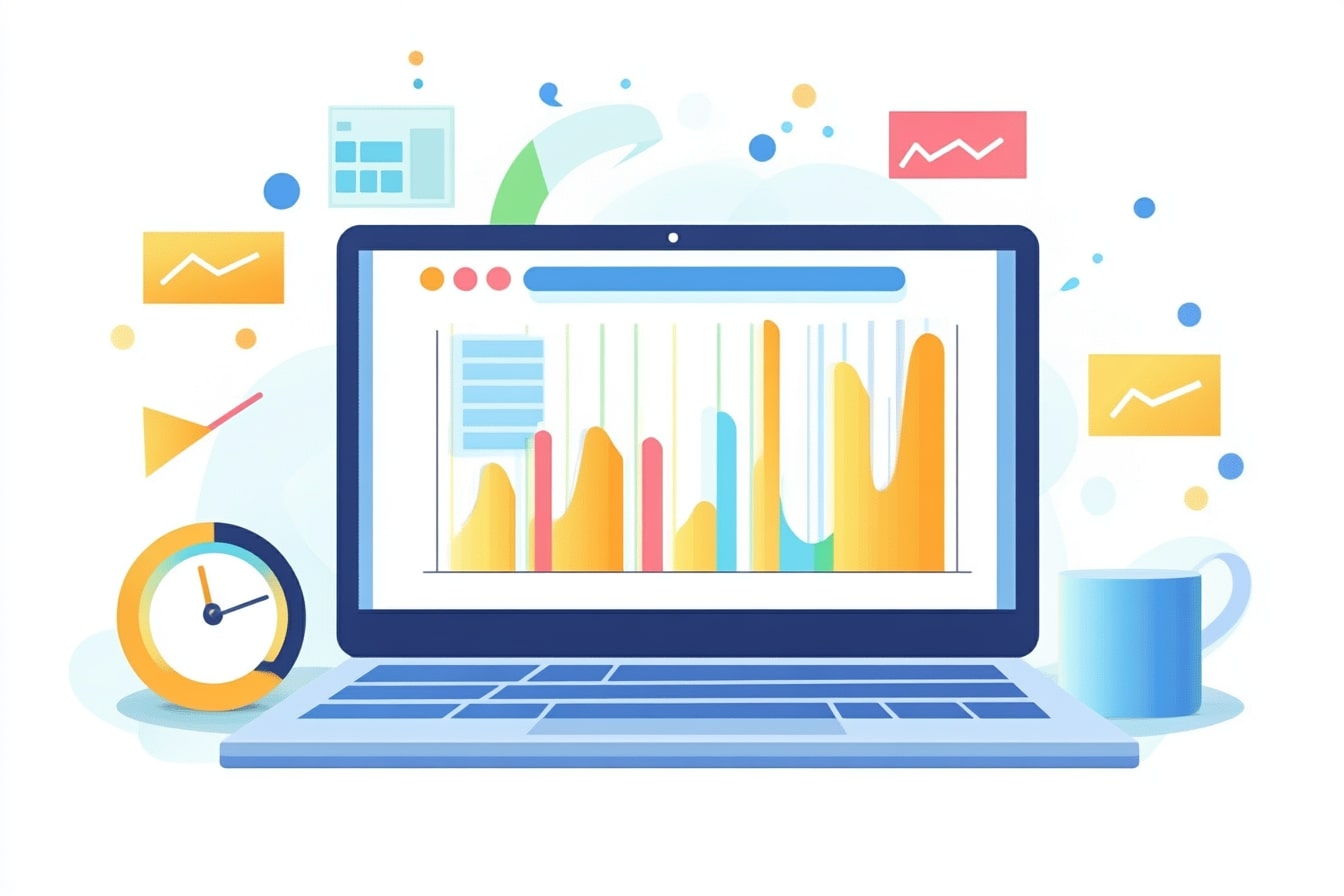Maximizing Customer Database Value: Strategies for Growth and Engagement
In today's data-driven business landscape, effectively managing and leveraging your customer database is crucial for sustained growth and success. A well-maintained database can provide valuable insights, drive personalized marketing efforts, and foster stronger customer relationships. This article explores key strategies and techniques to help businesses harness the full potential of their customer data.

How can businesses effectively segment and analyze their customer database?
Effective customer database segmentation is the foundation for targeted marketing and personalized communication. To segment your database, start by identifying key characteristics that differentiate your customers. These may include demographics, purchase history, behavior patterns, and preferences.
One effective strategy is to use the RFM (Recency, Frequency, Monetary) model. This approach segments customers based on how recently they’ve made a purchase, how often they buy, and how much they spend. By combining these factors, you can create distinct customer segments, such as high-value loyal customers or one-time buyers who need re-engagement.
Another powerful segmentation technique is cohort analysis. This involves grouping customers based on shared experiences or characteristics over time. For example, you might analyze customers who made their first purchase in the same month to understand retention patterns and lifetime value.
What techniques can businesses use to identify growth opportunities from customer data?
Leveraging customer data to identify growth opportunities requires a combination of analytical techniques and strategic thinking. One effective approach is to conduct a customer lifetime value (CLV) analysis. By understanding which customers are most valuable over time, you can focus on acquiring similar high-potential customers and nurturing existing ones.
Another technique is to perform a churn analysis to identify at-risk customers and implement retention strategies. By examining patterns in customer behavior leading up to churn, you can proactively address issues and improve overall retention rates.
Cross-selling and upselling opportunities can also be identified through basket analysis. This technique examines purchase patterns to uncover product affinities and recommend complementary items to customers, potentially increasing average order value.
What are the best practices for building personalized marketing campaigns using customer insights?
Building personalized marketing campaigns starts with leveraging the insights gained from your segmentation and analysis efforts. One best practice is to create detailed customer personas based on your segments. These personas should include demographic information, preferences, pain points, and typical behaviors.
Next, develop tailored messaging and content for each persona. This might involve creating different email templates, social media posts, or even personalized product recommendations based on individual customer profiles and purchase history.
Implement dynamic content in your marketing materials that adapts based on customer data. For example, an email campaign might display different product offerings or promotions depending on the recipient’s past purchases or browsing behavior.
How can businesses nurture customer relationships through targeted communication?
Nurturing customer relationships through targeted communication is essential for long-term success. One effective strategy is to implement a comprehensive lifecycle marketing program. This involves sending tailored messages and offers based on where customers are in their journey with your brand.
For new customers, focus on onboarding and education about your products or services. For loyal customers, consider exclusive offers or early access to new products. For at-risk customers identified through your churn analysis, implement re-engagement campaigns with special incentives.
Personalization should extend beyond just using a customer’s name. Utilize behavioral triggers to send timely, relevant communications. For example, send a follow-up email after a purchase to gather feedback or provide usage tips.
What tools and technologies can maximize the value of customer data?
To maximize the value of your customer data, investing in the right tools and technologies is crucial. Customer Relationship Management (CRM) systems are the backbone of effective database management, providing a centralized platform for storing and analyzing customer information.
Data analytics platforms like Google Analytics or more advanced tools like Tableau can help visualize and interpret complex customer data. These tools can uncover trends and patterns that might not be immediately apparent.
| Tool/Technology | Primary Function | Key Benefits |
|---|---|---|
| CRM Systems (e.g., Salesforce, HubSpot) | Customer data management and analysis | Centralized data storage, relationship tracking, automation capabilities |
| Data Analytics Platforms (e.g., Google Analytics, Tableau) | Data visualization and interpretation | Identify trends, create custom reports, data-driven decision making |
| Marketing Automation Tools (e.g., Mailchimp, Marketo) | Automated marketing campaigns | Personalized communication, lead nurturing, campaign tracking |
| AI-powered Predictive Analytics (e.g., IBM Watson, Salesforce Einstein) | Advanced data analysis and predictions | Customer behavior forecasting, personalized recommendations, churn prediction |
Prices, rates, or cost estimates mentioned in this article are based on the latest available information but may change over time. Independent research is advised before making financial decisions.
Marketing automation tools like Mailchimp or Marketo can streamline personalized communication efforts, allowing businesses to create targeted campaigns based on customer data and behavior triggers.
For businesses looking to take their data analysis to the next level, AI-powered predictive analytics tools can provide advanced insights and forecasting capabilities. These technologies can help predict customer behavior, optimize pricing strategies, and even identify potential churn before it happens.
In conclusion, effective database management is a powerful tool for business growth and customer engagement. By implementing these strategies and leveraging the right technologies, businesses can unlock the full potential of their customer data, leading to more personalized experiences, stronger relationships, and ultimately, increased revenue.




